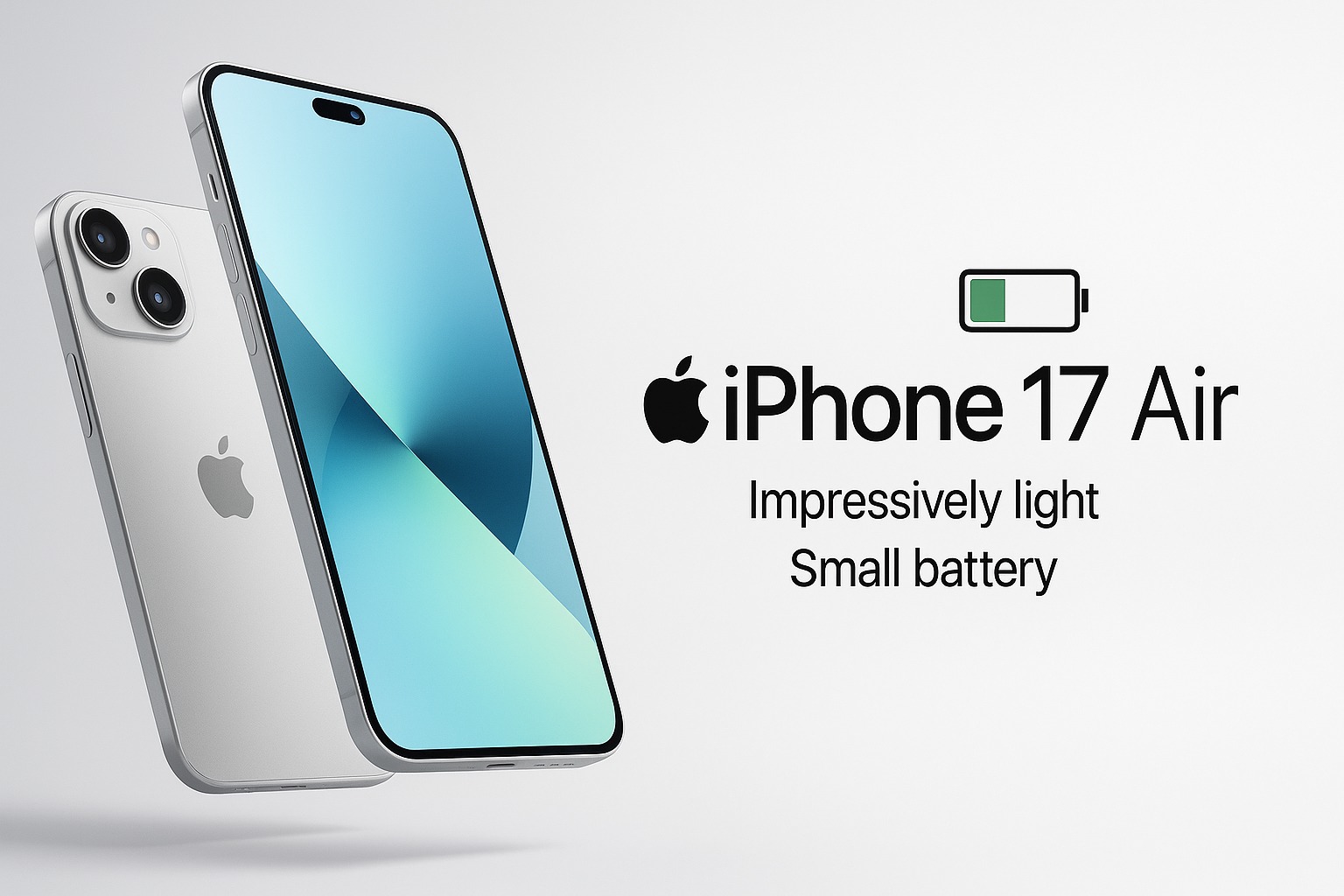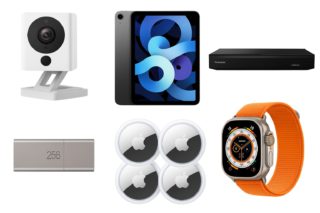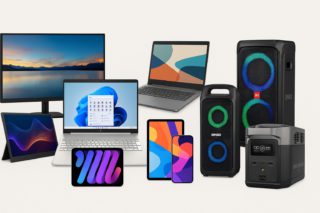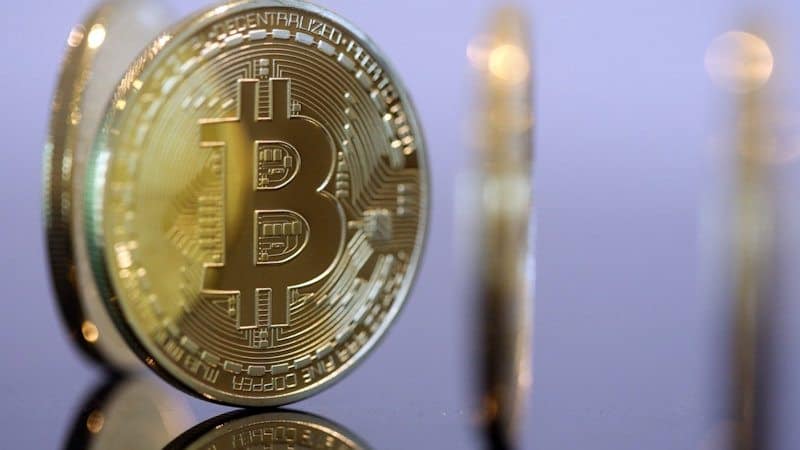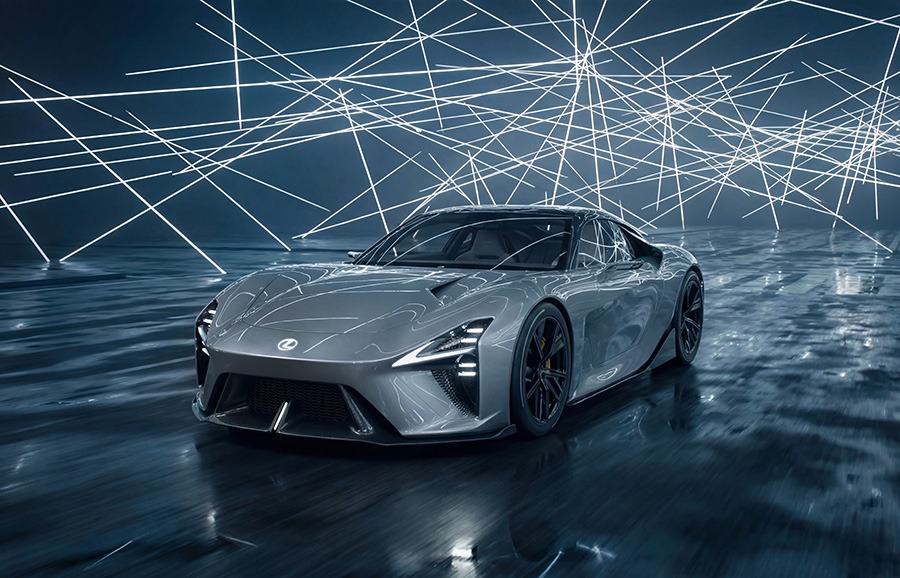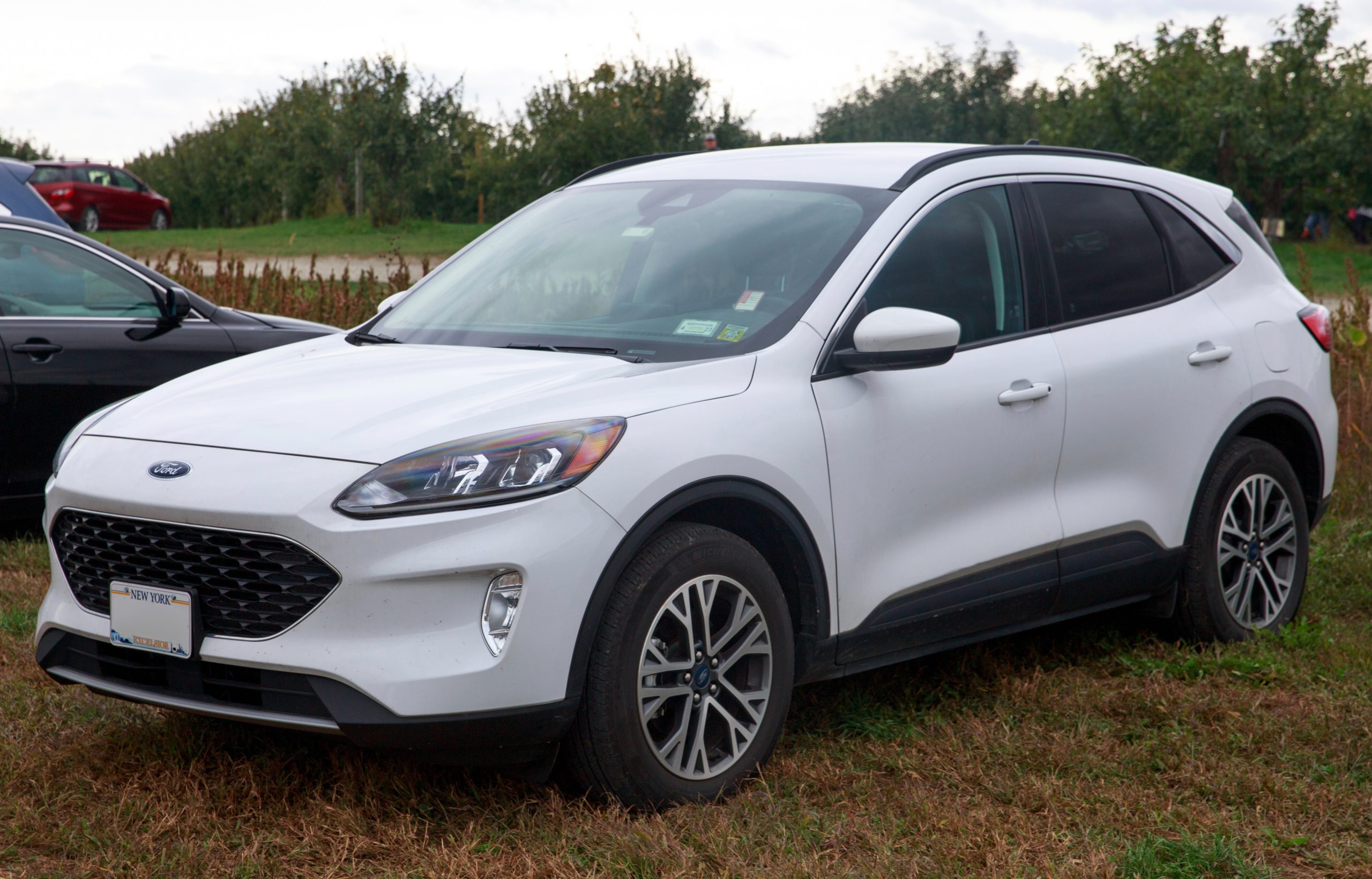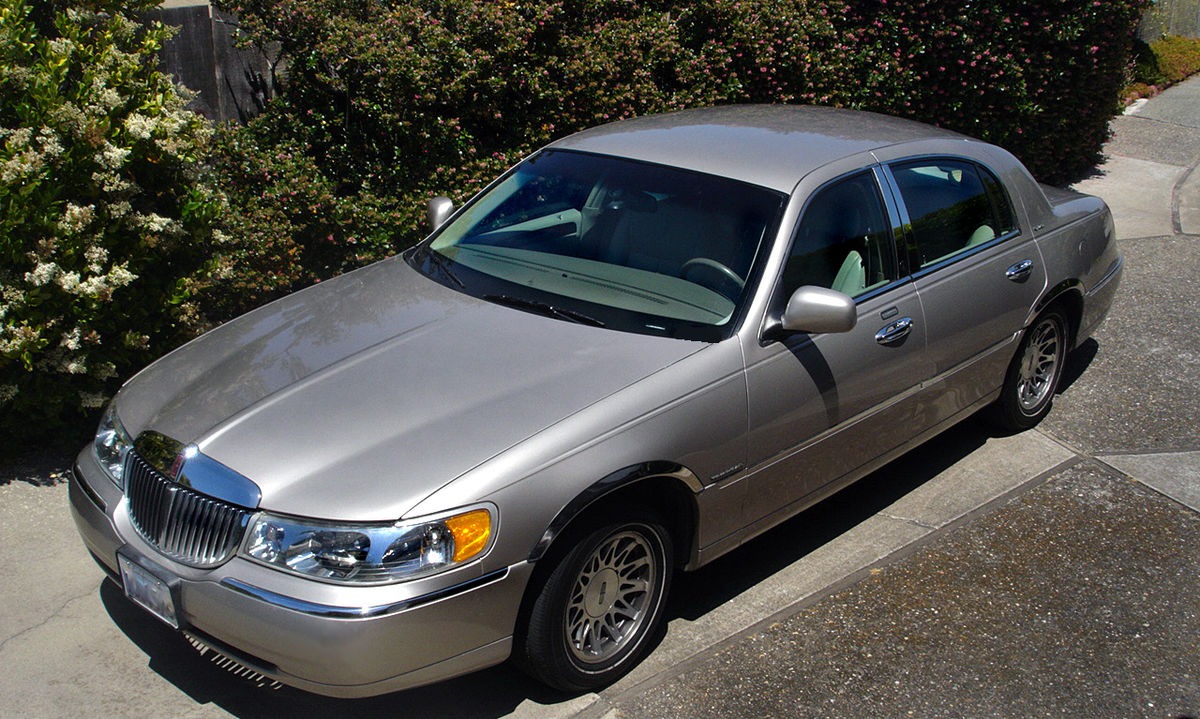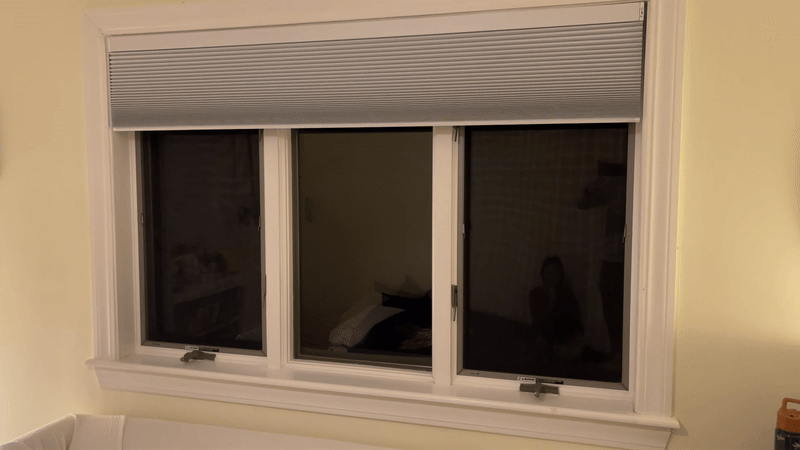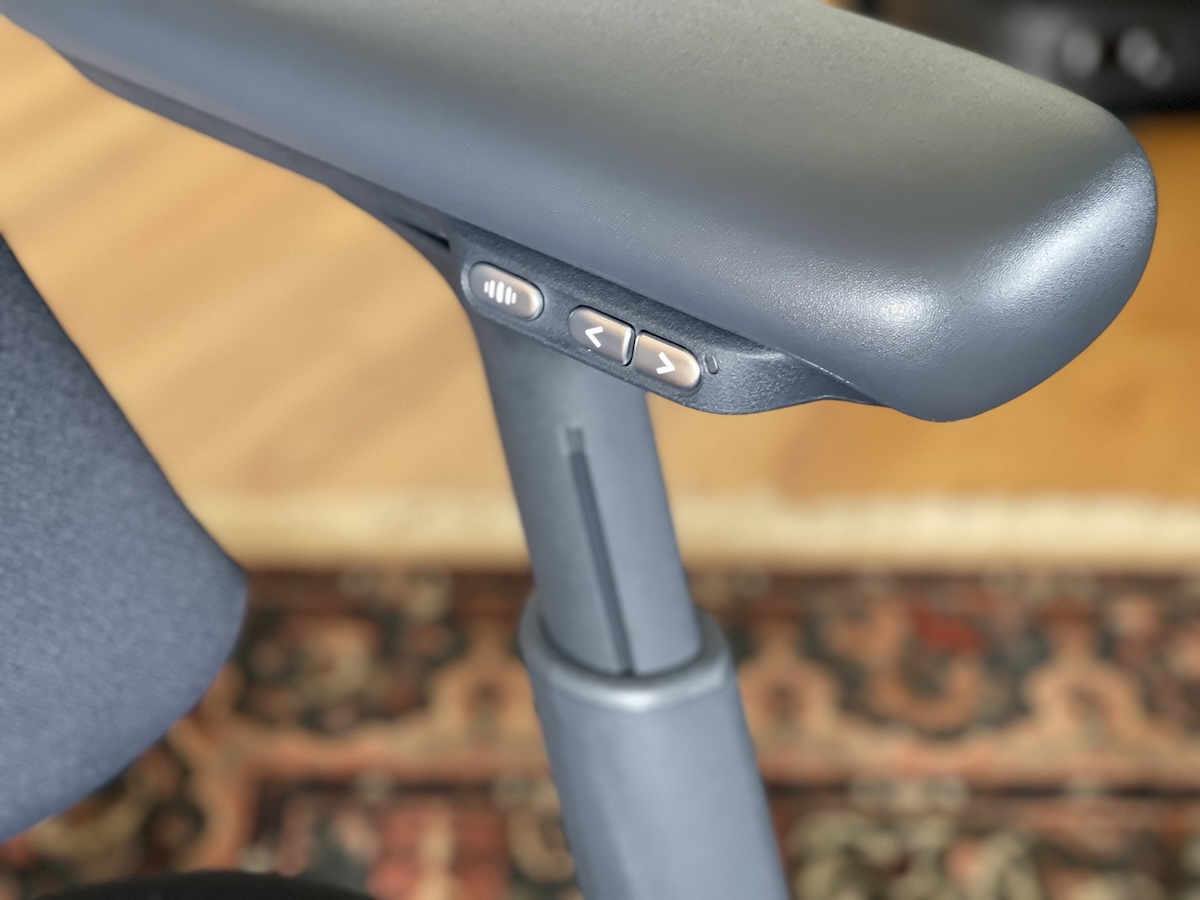The iPhone 17 Air is Apple’s latest attempt to sell you dietary restrictions as a lifestyle choice – impressively thin but constantly hungry for power. According to leaks from yeux1122, this 5.5mm slice of tech makes the standard iPhone look like it’s been binging on holiday cookies, but it comes with the digital equivalent of hangry mood swings: a battery that’ll tap out before dinner.
Design Over Function
If you’re tired of phones that feel like bricks in your pocket, the iPhone 17 Air might be your salvation. At 145 grams, it weighs about as much as the iPhone 13 mini despite sporting a much larger 6.6-inch display. That’s 58 grams lighter than the current iPhone 16 Plus – the difference between carrying a smartphone and barely noticing it’s there.
But that svelte profile comes with costs that Apple’s marketing team is probably already crafting clever ways to downplay. The reported 2800mAh battery capacity is a throwback to 2020’s iPhone 12, except now it needs to power a significantly larger, brighter display and more demanding AI features.
Apple is reportedly exploring high-density silicon-anode battery technology that could squeeze 15-20% more power from the same physical cell size. Even with this tech and iOS 19’s rumored AI-powered battery optimization, internal testing still shows only 60-70% of users will make it through a full day without reaching for a charger – numbers that would have marketing executives sweating in their Cupertino offices.
It’s as if Apple designed the perfect phone for people who never leave their homes or offices – aesthetically pleasing but tethered to the nearest outlet like a digital pet.
The Camera Compromise
The slim profile also means saying goodbye to the camera array you’ve come to expect. The iPhone 17 Air will reportedly feature just a single 48MP rear camera – no ultrawide, no telephoto. In 2025, when even budget phones are packing multiple cameras, this feels like showing up to a gunfight with a slingshot.
Apple believes its computational photography can compensate, but there are physical limitations that no amount of algorithmic magic can overcome.
The return of the Smart Battery Case accessory seems increasingly likely, ironically making your ultra-thin phone thick again. It’s reminiscent of when fashion demands uncomfortable shoes, and then sells you insoles separately.
Will Anyone Want This?
Despite these compromises, there’s something undeniably exciting about Apple returning to its design-first roots. The iPhone 17 Air could be the smartphone equivalent of the original MacBook Air – a device that sacrificed practical features but reset expectations for what a modern device should look like.
Apple seems cautious about this experiment, too, reportedly allocating just 10% of its production capacity to the Air model. They’re testing the waters to see if consumers will trade battery life and camera versatility for aesthetics and portability.
Who Should Buy This Thing?
If you’re the type who’s never more than 10 feet from an outlet, works mostly at a desk, or carries a power bank anyway, the Air might make sense – you’ll get the premium lightweight experience without suffering the consequences. For digital nomads, heavy users, or anyone who’s ever muttered “where’s my charger?” before noon, save your $899 for the standard model with its boring but functional battery life.
The iPhone 17 Air forces a choice we haven’t had to make in years: stunning design or practical function. It’s the tech equivalent of gorgeous but uncomfortable shoes – some will buy them anyway and just deal with the pain, while the rest of us watch in a mixture of admiration and confusion. In a world of increasingly similar smartphones, Apple is at least giving us something genuinely different to argue about.


